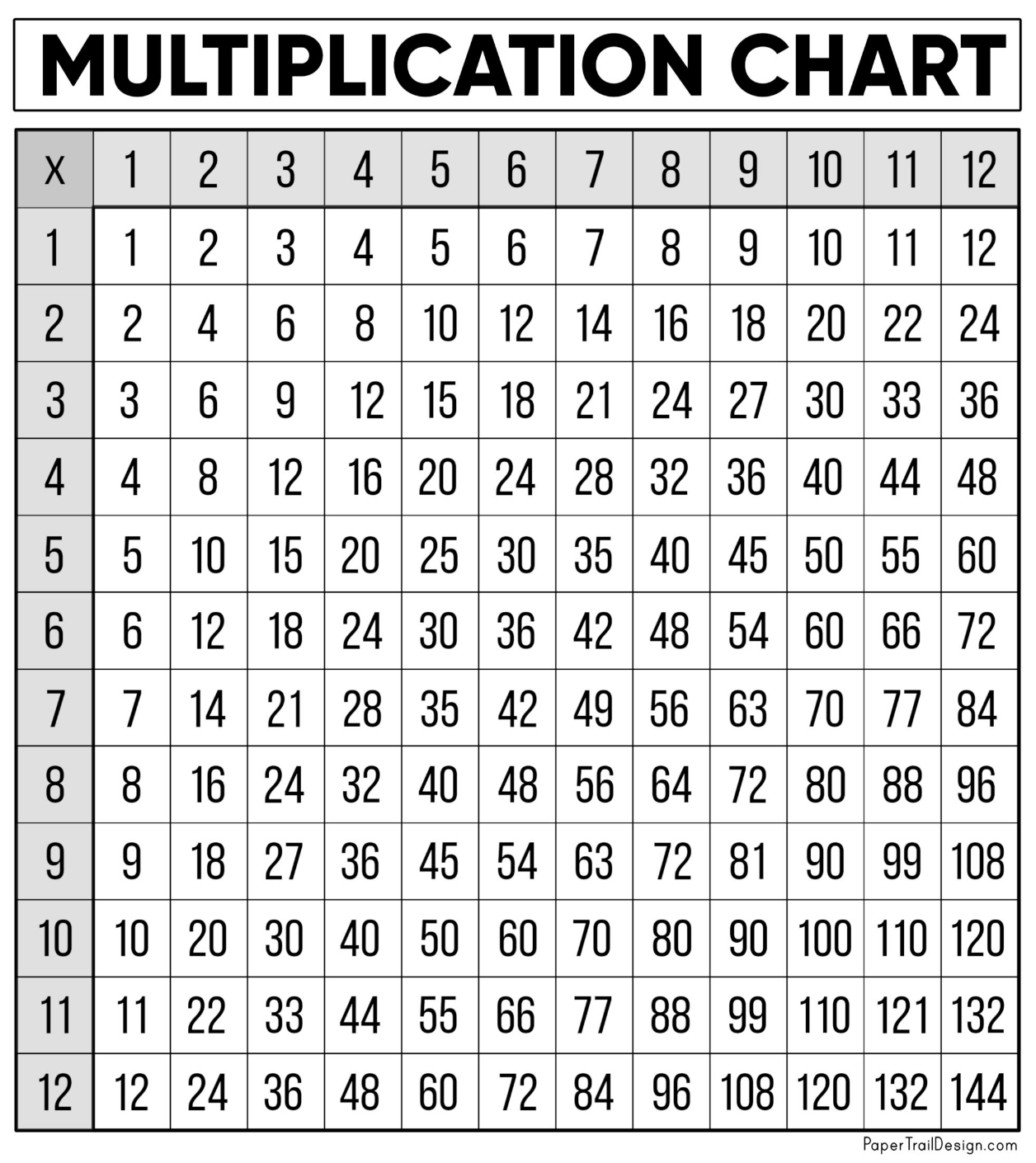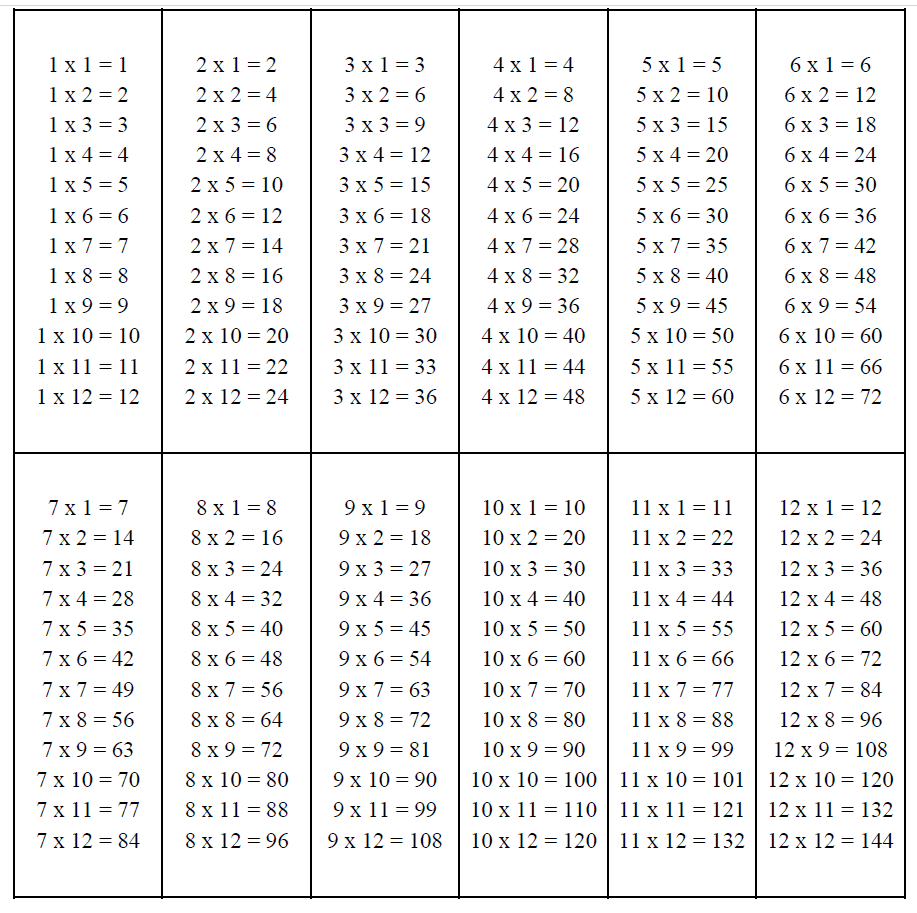What in the World Is Dyscalculia?
Have you heard of the math learning disability, dyscalculia? In this blog post, Dr. Honora Wall explains the causes and symptoms of dyscalculia as well as classroom accommodations for addressing it.

Share
February 5, 2025
Have you heard of the math learning disability, dyscalculia? In this blog post, Dr. Honora Wall explains the causes and symptoms of dyscalculia as well as classroom accommodations for addressing it.
Share
You’ve probably heard of dyslexia, and you can probably define and describe the reading learning disability to a colleague, parent or friend. But what about the math learning disability? Dyscalculia is a specific learning disorder (SLD) in the same neurodivergent family as dyslexia, dysgraphia, dyspraxia, autism, and attention deficit disorder/attention deficit hyperactivity disorder (www.lda.org). Although dyscalculia has been researched since the 1930s, it has never gotten the same interest and exposure as dyslexia. In fact, the ratio of research on the two SLDs is 10 to 1; but this is changing. Interest in, and research on, dyscalculia is growing. Let’s explore what we know:
Dyscalculia is a type of neurodivergence; it’s a different way of thinking about, learning and remembering math. It tends to run in families; it is something we are born with; and it is not a disease, or a problem, or a deficiency. It is simply different brain wiring, mostly in the parietal lobe, and it lasts for a lifetime. Dyscalculia makes it difficult to succeed in math class because people with the math learning disability lose math information once they’ve learned it: They forget math facts over time, confuse steps and procedures, and struggle to compare quantity (www.understood.org).
My favorite classroom tool is a multiplication list—the old-fashioned times tables. Many students with dyscalculia also have visual-spatial issues, so the list works better than a multiplication chart.
We can identify dyscalculia in very young children, but typically we recognize it around third grade. These students are bright, and they do well in other subjects (unless they have comorbidity with another SLD), but they just can’t get the hang of math. Students are still counting on their fingers, they haven’t memorized their basic facts, and they struggle with the “dyscalculia trifecta”: time, money and place value. This persists into adulthood (www.thedtri.org).
Adults with dyscalculia may avoid driving and have a terrible time with directions; they stay away from financial conversations; they face difficulties at work. Many young adults have a hard time finishing college, too, but this is usually due to inadequate or inappropriate accommodations and tests that severely outweigh classwork and homework. This leads to lower lifetime earnings, limited career choices, and prolonged feelings of not being “able to do math.” It’s embarrassing, and completely unnecessary.
In the early grades, offer manipulatives, 1 to 100 charts, and extended time. In third grade, continue allowing (and encourage using) 1 to 100 charts, multiplication lists, and vocabulary or reference sheets during assignments and assessments. By fifth grade, calculators are appropriate, and so are worked examples and guided notes. Offer alternative assessments, especially oral assessments. Continue these accommodations in middle school and high school, too. Be encouraging and supportive.

My favorite classroom tool is a multiplication list—the old-fashioned times tables. Many students with dyscalculia also have visual-spatial issues, so the list works better than a multiplication chart. I have students use their lists to check multiplication and division facts, knowing their eyes will pick up all the other facts, and recognize the pattern of multiplication. We also use it to find multiples, factors, least common multiples, greatest common factors and equivalent fractions; we use it to simplify fractions, to mark perfect squares, prime and composite numbers, and more. I teach students to value accuracy and precision over memorization and guessing. I find fluency increases over time (although students with dyscalculia will never reach the fluency levels of their peers). Another bonus is that students are using the same tool across multiple grade levels, becoming more familiar and more comfortable with their basic facts, which increases their speed, too.

All over the world, the rate of dyscalculia seems to be the same for dyslexia (roughly 8 percent of any population, according to most researchers), which translates to about 4 million K-12 students in the United States. Students with dyscalculia should be placed in general education classrooms and given interventions and accommodations to support their learning differences. It’s the same as letting kids wear prescription glasses, use crutches or wheelchairs, or have access to insulin. With the right support, people with dyscalculia can successfully complete grade-level math.
For more information, visit www.thedtri.org and www.educalclearning.com.
In this free, for-credit webinar, educators will explore dyscalculia, the math-related Specific Learning Disorder that impacts how students understand and work with numbers. Learn what dyscalculia is, where it comes from, and how to recognize it in your classroom.
This curated Share My Lesson collection features some of our favorite prek-12 lesson plans, resources and professional development webinars for working with students and colleagues in the field of special needs education.
